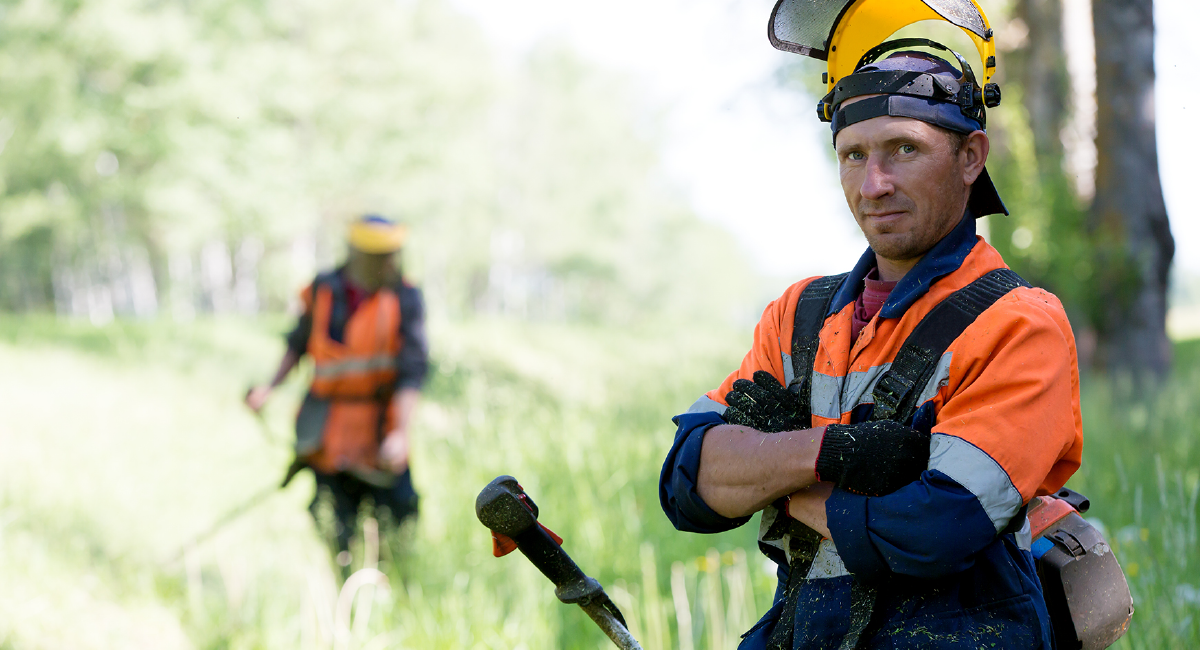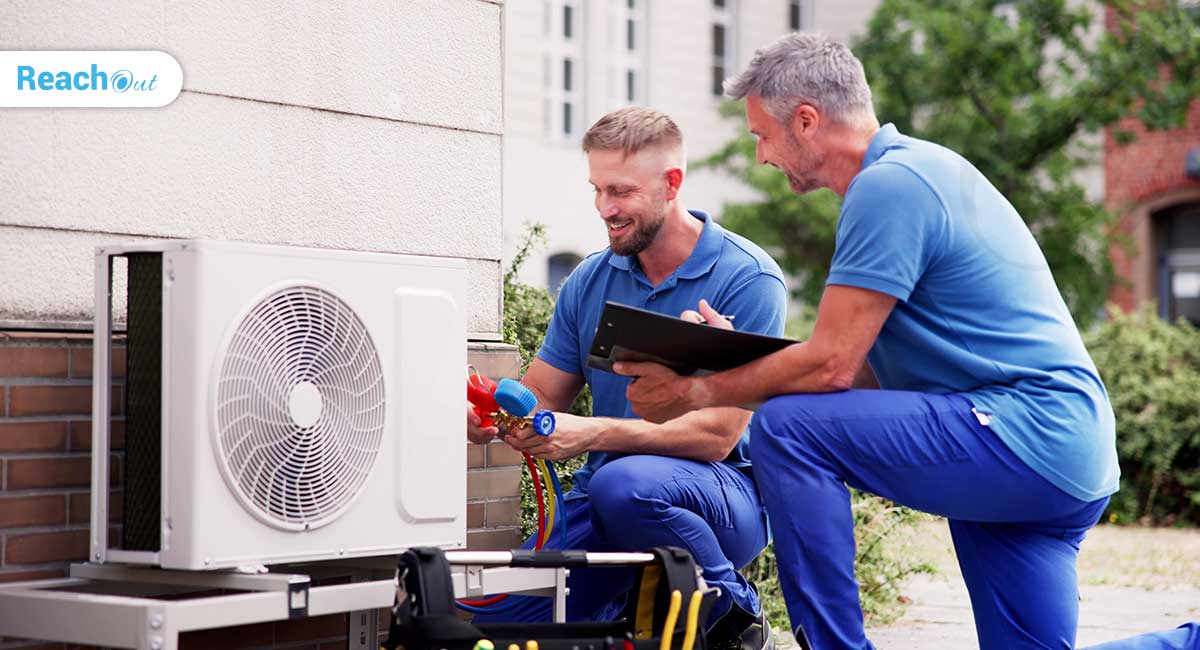
7 Major Changes To Be Seen In Field Service Industry By 2020.
Emerging technologies such as the Internet of Things (IoT), augmented reality (AR), and wearables promise large-scale disruption in all walks of life. The field service industry is not immune to such changes. Here is what 2020 holds in store for the field service industry.
1. Advanced Technologies will Gain Ground
For all the talk of advanced and emerging technologies, 52% of enterprises continue to use manual methods for field service. This is because of the difficulties associated with change, and enterprises not wishing to upset the applecart of a system that works well. However, the scale of technological advances would soon make status-quo untenable. For instance, there will be 50 billion internet-connected devices by 2020, a 100% increase over 2015, making IoT as common and all-pervasive as wi-fi.
By 2020, field service enterprises would pay heed to the sentiments of about 92% of executives, who feel a pressing need to adapt service models to keep pace with customers’ changing needs. They would indulge in digitalization in a big way. They will implement field service management to automate key processes, and upgrade incumbent suites to co-opt the latest technologies.
Manual scheduling of jobs and technicians will become passé. Automated software, powered by intelligent algorithms, collate various information and draw up schedules based on the nature of the job, the skill of the technicians, the optimal traffic path, availability of spares, and more.
Field service management would increasingly adopt the model propounded by Uber and Amazon, in providing live tracking and status updates of technician movement. Such systems draw in data from external resources such as Google Maps, to offer accurate ETA at the client location, and other critical insights.
2. Smart Uniforms will Become Popular
By 2020, the intrusion of technology into field service will no longer be limited to smartphones or wearables. It will even permeate the workforce through uniforms as well. Smart uniforms with protective shields safeguard technicians indulging in hazardous tasks.
Uniforms with conducted fibers and embedded sensors monitor key parameters such as heart rate, breathing rate, calories burned, sleep patterns, posture, muscle movements, and more, to issue timely alerts and suggestions. For instance, when the wearer bends their back rather than knees while lifting a heavy object, prompt alerts enables instant rectification and preempts injury.
The trucking and mining industry have already introduced smart hats in a big way. These hats monitor vital signs of fatigue, and send alerts to workmen in risky situations or operating sensitive machinery.
Smart jackets also read temperature and other environmental factors, to diagnose the underlying cause for equipment failure. Smart gloves provide feedback to technicians as they make repairs, such as a green tinge when the technician has finished adjusting a part properly.
Google’s smart jacket, in partnership with Levi’s, offers a portent of things to come. This jacket allows the wearer to connect to and control their smartphone by using their cuff like a touchscreen and avoid potential injury-causing distractions.
3. Augmented Reality will Gain Centre stage
Augmented reality (AR) has already made its mark in the field service industry. By 2020, it will become commonplace. Many field service technicians carry AR goggles, which allows them to refer to instruction manuals, hands-free while undertaking repairs. The AR goggles would also annotate key parts, enabling even novice technicians to handle complex jobs with ease.
The possibilities are endless.
AR glasses displaying schematics allow mechanics to undertake live repairs, such as repairing an engine on the tarmac, even when they are raw or inexperienced in such jobs.
AR overlays on mobile devices complemented by the geographic information system (GIS) data enables technicians to visualize underground infrastructure, making fixes of cable faults easier. The alternative is to dig up vast stretches trying to locate the fault.
Five Field Service Management Trends to Watch Out for in 2019
4. Service Drones will become Commonplace
Drones have become very popular in recent times. In field service industry, drones make it easy to monitor hard-to-reach equipment such as wind turbines, oil rigs, rooftop HVAC systems, pipelines, and power lines. Drones also find uses for infrastructure mapping across cities and industrial plants, land surveying, and other activities that would otherwise take extensive human effort.
For instance, drones equipped with infrared cameras can determine thermal activity and give early warning signals about pipeline bursts. Drones can also monitor downed power lines during and after storms, or provide temporary internet connectivity in times of outages.
In logistics, drones make deliveries to remote and hard-to-reach locations easy.
5. Robotic Technicians will Make their Mark
Field service enterprises have started toying with robots. Sending robots out for routine service frees human assets to focus on complex situations requiring deep expertise. Robots also take over hazardous tasks, such as making repairs on live wires, performing fixes in extreme temperatures, and more.
Likewise, electronic assistants such as Alexa complement the technician’s job. Such assistants offer step-by-step instructions, enabling hands-free operations, and even facilitate DIY repairs.
6. 3D Printing will Become Entrenched
The cost of 3D printers has come down drastically. By 2020, it might become as commonplace as laser printers. Field service enterprises have started to leverage such printers to streamline repairs. Rather than order and wait for a part to arrive, a technician could use a 3D printer installed in the service van to print the required parts on the fly.
7. Autonomous Vehicles will Soar in Popularity
Trucks today have a host of technologies such as GPS, collision avoidance, and more in place. Such technologies will become more commonplace in 2020, and newer technologies will also make their mark in smart vehicles.
Self-driving cars will become more popular, enabling technicians to reach their destinations faster, and spend travel time more productively.
The service vehicle would also turn into a source of real-time information. The van would automatically update information about the service done, and collect information on the next service location. The sensors in the van will ensure that the technician has at his/her disposal all the required parts and tools to service the next machine or arrange for the same through another vehicle or drone.
The future offers exciting possibilities for the field service industry. Many of the time established practices such as manual scheduling, long waits for appointments, and other inefficiencies would become passé, as enterprises reorganize themselves to place the customer first in everything they do. To know more about how ReachOut Suite can help you boost your field service business, get in touch with us today!
Sachin Krishna
Sachin works as a part of the digital marketing team at ReachOut Suite. He believes in a healthy and resourceful web and does his own little contributions for the purpose by creating and disseminating innovative and quality content.
More posts by Sachin Krishna


